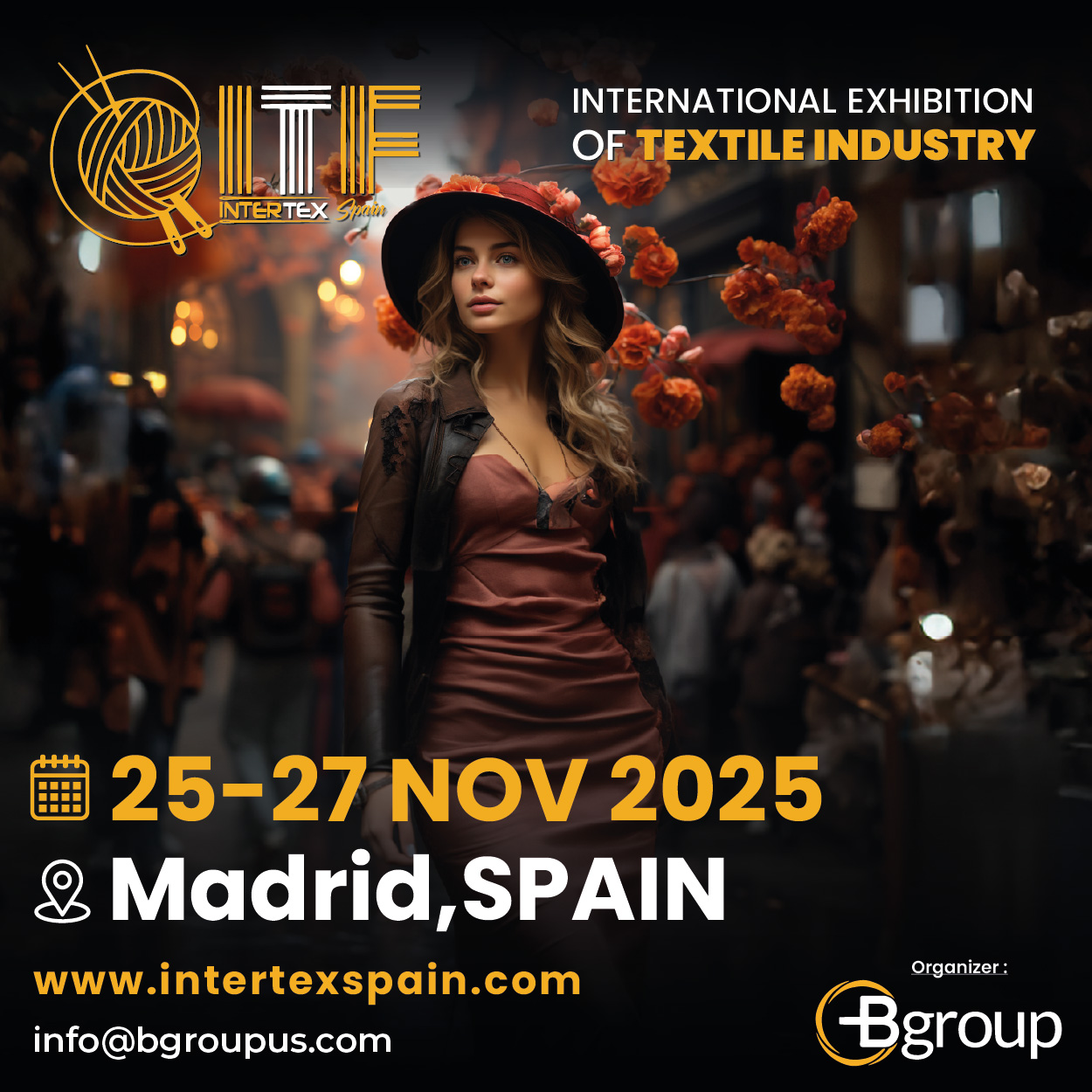Byborre’s high-end, engineered knits are celebrated not just for sustainability but for aesthetics and functionality. How do you manage the balance between creative expression, technical performance, and responsible material choices in your designs?
Mijke van Ballegooijen: We don’t think our textiles are “high-end.” Our price points are comparable to many other makers in the industry. What sets us apart is the technical performance, we carefully select yarns based on longevity and quality for our innovative knitting.
Knitting has long been used in fashion, but in upholstery it’s still a small segment — though that is changing. Knitted textiles are excellent for stretch and performance, which is why we’re seeing growing attention.
Above all, our textiles have a distinct Byborre aesthetic. They are visually strong and expressive, with a striking, recognizable uniqueness.
Looking ahead, how do you envision the role of platforms like Byborre in building more open, collaborative textile innovation ecosystems? What kind of industry transformation do you hope to catalyse in the next 5–10 years?
Mijke van Ballegooijen: We see platforms like ours as the connective tissue of the industry, bridging designers, manufacturers, and material suppliers. The transformation we aim to catalyze is an industry where collaboration is the norm, not the exception. In the future, everything produced should be designed and made with intent and care. Not sure if the world can shift in 5-10 years but we are on the right track.
Your platform has enabled novices, even a 16-year-old, to design and produce textiles rapidly—something that previously took a decade. What do you think this ease of access means for the future generation of textile professionals, and how do you see education evolving around this digital approach?
Mijke van Ballegooijen: It’s true, it took me years to reach a certain level of textile innovation: testing, handling the machines, retesting, trial and error. And then, in our Amsterdam Knitlab, I see a young designer creating something fantastic in no time. It was a mix of feelings for me: pride, excitement, and a reminder of how far access can accelerate learning.
It shows that expertise can now grow through access, not just gatekeeping. We all learn by doing, experimenting directly with real tools rather than waiting for traditional industry entry points. This is the kind of platform we need to give free access to the next generation.
Education is shifting from theory-heavy to practice-led. This lowers barriers and accelerates a new wave of talent. But at its core, it’s about opening doors to collaboration that truly makes a difference.
At our Amsterdam Knitlab, we keep our doors open, welcoming emerging talents, giving tours of the facility, workshops and masterclasses. This is how we all grow: together.




























